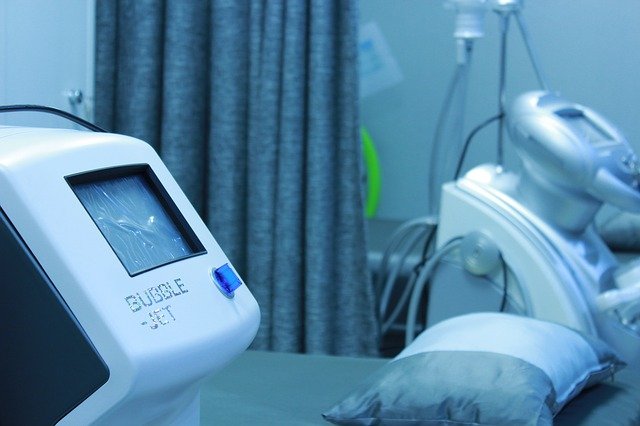Abstract
The integration of clinical and molecular sciences with advanced engineering sciences is moving the world towards a new generation of life science where physiological and pathological information from the living human body can be quantitatively described in silico via biocomputing across multiple scales of time and size and through diverse hierarchies of organization – from molecules to cells and organs to individuals.
The development of the Virtual Patient will change conventional medicine, which has been based upon experience and expectation, into “predictive medicine” that will have the capacity to develop solutions based upon prior understanding of the dynamic mechanisms and the quantitative logic of human physiology. Drug discovery, medical and welfare apparatus, and clinical trials in silico will improve the development of products with higher efficiency, reliability and safety while reducing cost. They will also impact upon knowledge-intensive industries.
Such program aims at playing a key role in this new area, by sharing and generating solutions as well as human resources contributing to the establishment of “in silico medicine” as a basis of the predictive medicine within an international framework. In the long-term, computational physiological models will be refined, linked and validated until they are capable of providing essential predictions to clinicians when healthcare decisions need to be made.
As the amount of data reinforcing the models grows, predictions will become more and more patient-centred, with models migrating from statistical, average models to physiological and mechanistic models informed by the unique characteristics of the patient. Systems Patientomics will propose new ways of combining this rich patient information space in a highly visual, coherent, meaningful way and of generating new clinical information by blending and fusing existing information, ultimately creating a “Patient Avatar” capable of supporting the medical professional by producing new clinical knowledge emerging from the integration of patient- and population-specific information.
Focal points
Benchside
Quite a few experimental biologists, functional and statistical genomics researchers, involved in developing new measurement technology for biology, and even molecular systems biologists, feel that that computational methods are not relevant for their own research goals. For the lion’s share of those cases where these research goals are rationalized by their potential value for predictive, preventive and participatory medicine this is a misconception.
Bedside
Systems computational approaches should be a routine part of the clinical arsenal for the diagnosis, planning and executing of therapeutic interventions. This must include the incorporation of relevant training in medical school curricula.
Industry
Collaborations to be developed across the breadth of the stakeholder groups involved in public health, from public health providers and patient groups, to researchers, scientists, funders and industry.
Community
Development of an ethical and legal framework (establish common rules and principles for data acquisition/sharing/integration/reduction to practice, define how to achieve patient consent, to respond to fears of misuse of provided data, define solutions for data protection/open innovation).
Governments
Governments should faciliate European EHRs adoption for highets quality of patient care.
Regulatory agencies
A bypass fast track route for mobile medical apps can be adopted by the FDA authority by working in close relation with app developers, physicians and healthcare givers promote high standards.
To Read Further & Download Article









